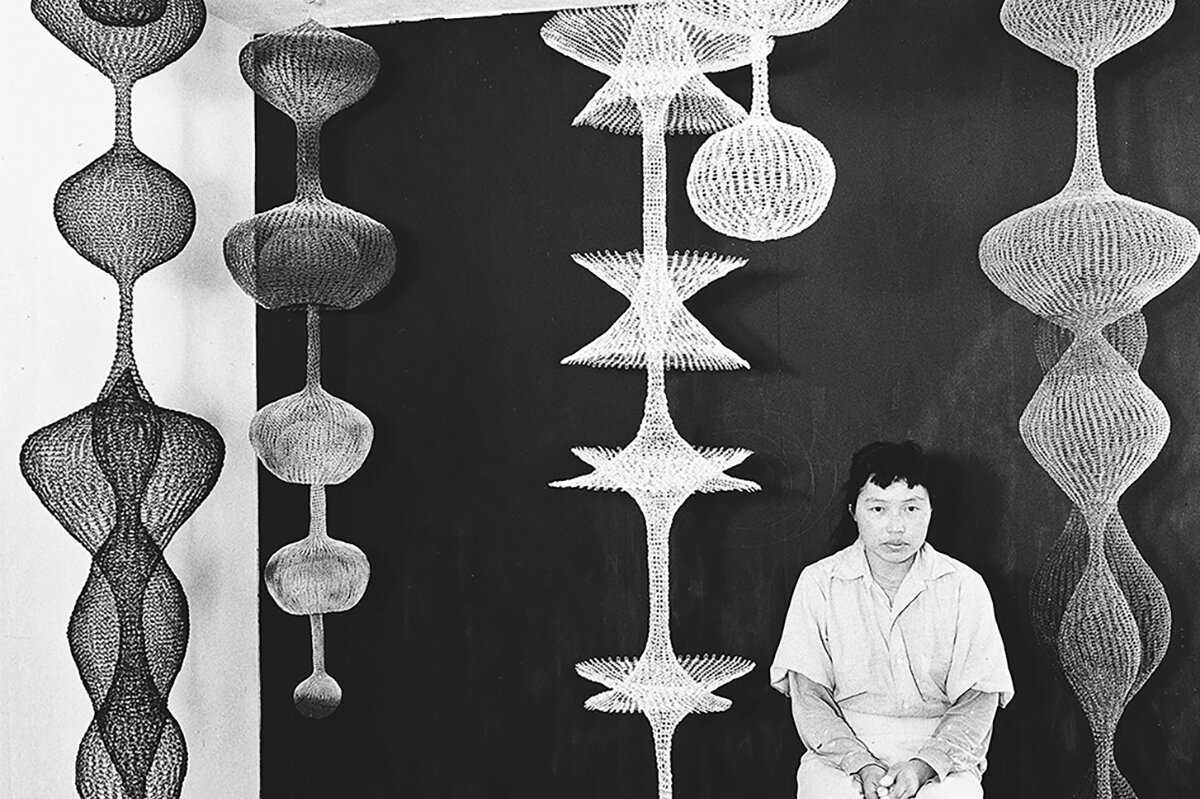Exactly how do you introduce in writing a painting to museum visitors? This is a question which exhibit curators have always pondered, the label next to a painting being the most commonly chosen format to serve as its "spokesperson." But what if there were no labels in the exhibition galleries at all? Would people really be able to focus on and appreciate the works on display? And assuming that museum labels are still needed, what kind do visitors really want to see?
Over the past several decades, and depending on the period and type of the exhibit, the National Palace Museum has used various label formats to accompany its works of painting and calligraphy on display. Through the years, changes have been made to the dimensions, materials, color, position, wording, contents, and translation of these cards. This exhibition takes a special look at the subject of museum labels through seven paintings in the Museum collection by the Yuan dynasty artist Ni Zan (1301-1374) or after his style. These works spanning the Yuan to Ming and Qing dynasties appear at first glance to be quite similar, but each is accompanied by a different kind of label used in the past. These Chinese and English museum cards range in length from a brief title label to very detailed descriptions. There are also Chinese explanatory cards calligraphed in brush using traditional vertical columns of characters and a modern horizontally formatted one in print. On one hand, visitors standing before the display cases can compare the various combinations of artworks and labels to gauge their different effects, while on the other hand they can appreciate firsthand an experience from the past of the written description at the Museum.
In addition to being a retrospective of the National Palace Museum's explanatory labels for painting, this exhibition also features a questionnaire to determine how audiences feel about the different label formats, fonts, sizes, and descriptions on display. It is hoped that, after receiving feedback from visitors from different age groups, occupations, and nationalities, the Museum can improve the design and contents of its explanatory labels in the future and see how people would like them to "introduce a painting," thereby offering better service and an enhanced museum experience.




